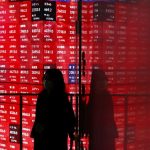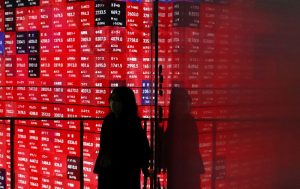E-commerce Prices Rose in September. That Could Mean Tougher Times for Deal Hunters.

Nico De Pasquale Photography via Getty Images
Average prices online rose 0.8% year-over-year in September, according to Signifyd.
-
Online prices rose year-over-year in September for the first time in about two year, according to Signifyd, a fraud prevention specialist that analyzed price changes for some 60,000 products.
-
Tariffs and businesses’ rising costs are likely contributing to inflation in the e-commerce system.
If scouring the internet for deals is part of your budgeting routine, you might want to rethink that strategy.
Online prices ticked higher in September, according to fraud-prevention specialist Signifyd, which recorded a year-over-year increase for the first time since 2023. Overall, the firm said, prices rose 0.8%; the company monitors how the price of some 60,000 products changes, year-over-year, at e-commerce shops operated by some 1,000 merchants.
The ease with which shoppers can compare prices online has long fostered competition between online merchants and contributed to price declines, said Signifyd senior data analyst Phelim Killough. Prices were tracking about 2% lower year-over-year as recently as July, and as much as 3.7% lower last October, the company said. But declines have been shrinking over the past eight months across nearly all product segments, Killough said.
“It does seem to be an e-commerce-wide trend,” Killough said. “Merchants, I think, are feeling the pinch and having to increase prices.”
Retailers are known to charge more in stores than online, where it’s easier for consumers to compare prices. Rising online prices, experts say, could indicate that merchants have less flexibility and signal inflationary pressure in the broader retail market.
Economists have said for months that prices will rise as companies pass on the cost of tariffs. The Producer Price Index, which tracks inflation at the wholesale level, jumped 0.7% from June to July—the highest month-over-month rate seen in two years—but has since ticked down, according to Bureau of Labor Statistics data.
Consumers are demonstrating a desire to save, with some trading down to lower-priced alternatives of the products they once bought, Killough said. Merchants are aware of the thrifty ethos, but appear to be responding to pressure on their profit margins, he said.
With prices rising and the job market cooling, some analysts expect Americans to spend less this holiday season. Consumer pullback, in turn, weighs on retailers and merchants, who may not offer discounts as generous as last year’s.
Read the original article on Investopedia
Do you want to build your own blog website similar to this one? Contact us







